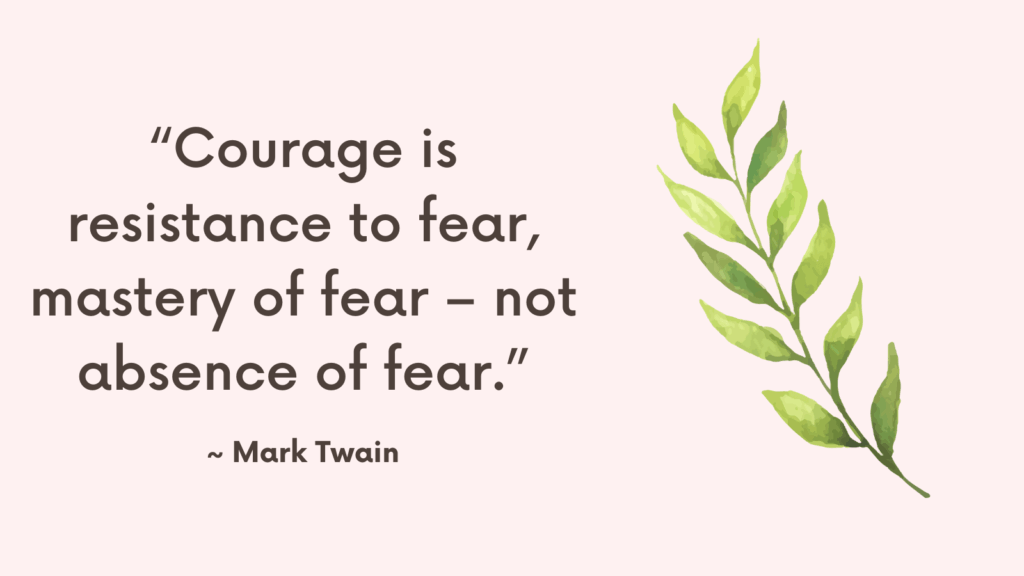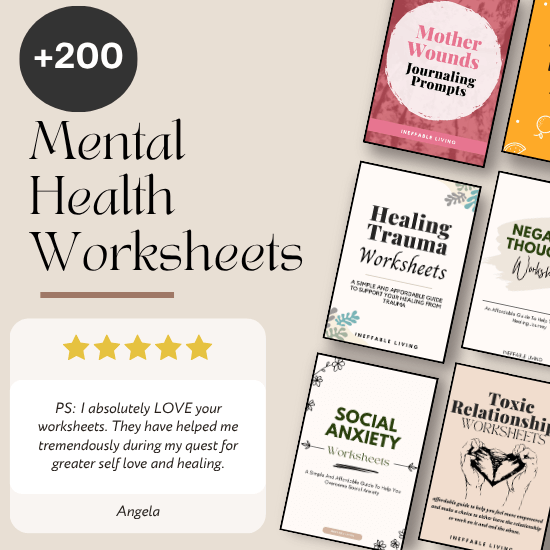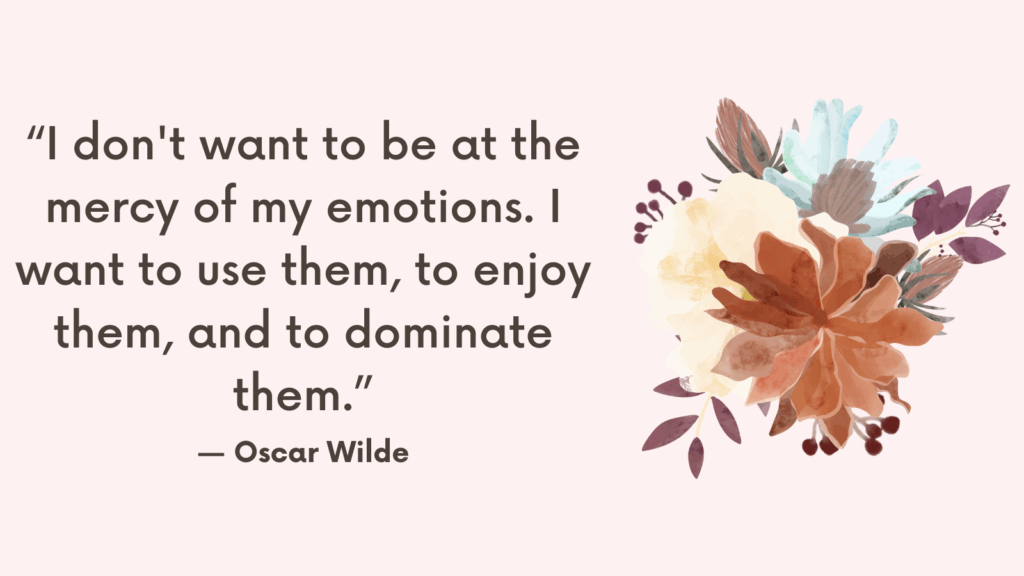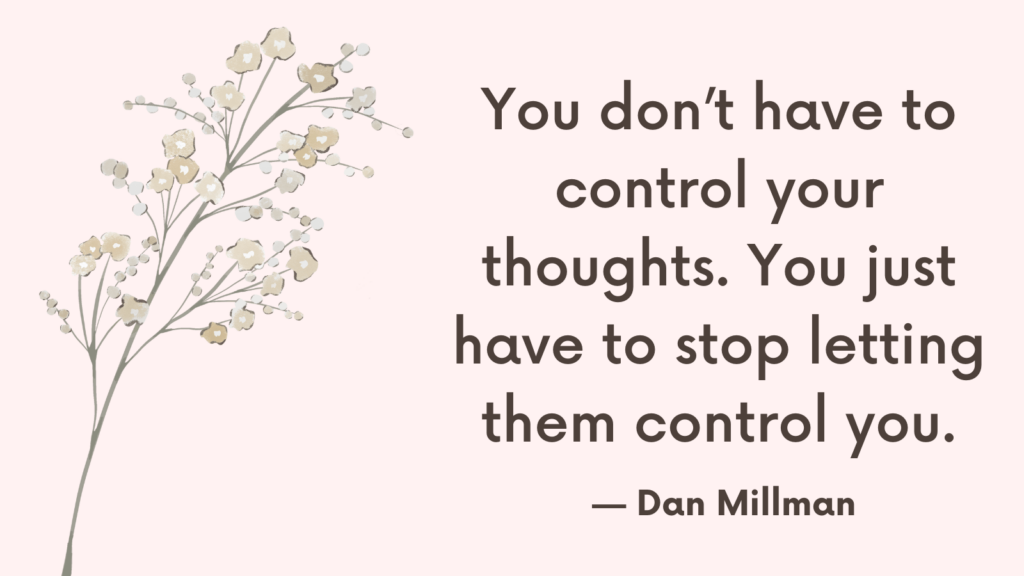Watching a friend have a panic attack can be overwhelming — especially if you’re unsure how to help. The most important thing you can do is stay calm, be present, and help ground them without overwhelming them. Your words, tone, and energy can make a huge difference in helping them feel safe and supported.
What is a Panic Attack?
A panic attack is a sudden wave of intense fear or discomfort that peaks within minutes. It can feel like something is seriously wrong, even if you’re physically safe. Many people describe it as feeling like a heart attack, losing control, or “going crazy.”
Common Symptoms
- Racing or pounding heart
- Shortness of breath
- Chest pain or tightness
- Dizziness or lightheadedness
- Sweating or chills
- Nausea or upset stomach
- Tingling or numbness
- Feeling detached from reality
- Intense fear of dying or losing control
Related: How to Break the Panic Attack Cycle?
The Panic Cycle: Fear of Fear
One of the hardest parts of panic attacks is the fear of the next one. After someone experiences a panic attack, they may start avoiding places or situations where one occurred—like crowded stores, driving, or public speaking.
This avoidance can shrink a person’s world and reinforce the fear. The panic cycle is a loop of fear → symptoms → fear of symptoms → more symptoms.
How to Talk to a Friend Who’s Having a Panic Attack?
1. Stay Calm Yourself
Your calm presence helps regulate theirs. Speak slowly, breathe steadily, and keep your body language open and non-threatening. Your energy sets the tone.
2. Let Them Know They’re Safe
Reassure them gently and clearly:
- “You’re safe right now.”
- “I’m here with you.”
- “This will pass — I promise.”
Avoid saying things like “Calm down” or “You’re fine,” which can feel dismissive.
Related: 9 Silent Panic Attacks Symptoms
3. Ask If You Can Help Ground Them
Offer gentle grounding techniques:
- “Can you name 5 things you see around you?”
- “Let’s take a few deep breaths together — in through your nose, out through your mouth.”
- “Feel your feet on the floor. Can you wiggle your toes?”
Keep suggestions soft and optional — never force them.
4. Speak in Simple, Reassuring Sentences
Avoid long explanations or advice. Stick to short, calm statements they can focus on:
- “I know it feels scary, but it’s just anxiety.”
- “You’ve gotten through this before — you can again.”
- “Let’s just focus on this moment.”
Related: Best 10 Panic Attack Books
5. Respect Their Boundaries
Some people don’t want to be touched or spoken to much during a panic attack. Ask:
- “Do you want me to sit with you?”
- “Would you like space, or want me close by?”
Let them guide what feels best.
6. Don’t Try to Fix It — Just Be With Them
Panic attacks aren’t solved by logic. Your job is to sit in the discomfort with them, not to make it go away. Presence matters more than solutions.
7. Help Them Ride It Out
Remind them:
- “This feeling won’t last forever.”
- “You’re doing great — just keep breathing.”
- “There’s nothing you have to do right now except be here.”
Encouraging patience and acceptance can shorten the episode.
8. Stay Until It Passes
Don’t leave unless they ask you to. A panic attack usually peaks within 10–20 minutes. Just knowing someone is there can help them feel less afraid.
Related: +20 Overgeneralization Examples & How to Avoid It
9. Ask How You Can Support Them Afterward
Once they’ve calmed down, gently check in:
- “How are you feeling now?”
- “Is there anything you need?”
- “Would you like to talk about it, or just sit quietly?”
Don’t push them to explain. Let them take the lead.
10. Offer Encouragement Without Pressure
Let them know you’re proud of how they handled it. You might say:
- “You did really well — I know that was tough.”
- “I’m always here when you need me.”
Related: Best 10 Books For Overthinking And Anxiety
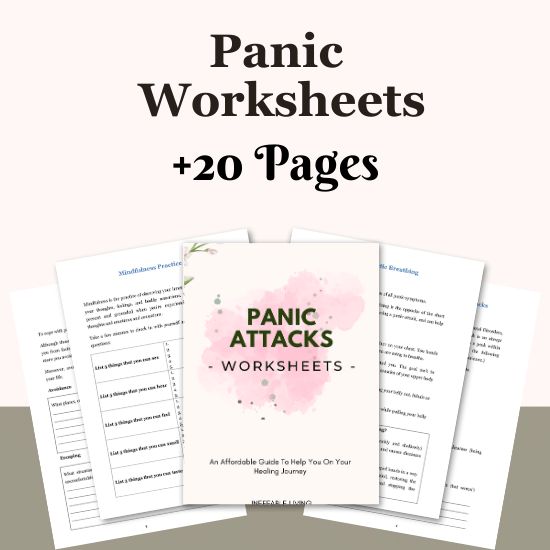
Conclusion
Your compassion and steadiness can turn a terrifying moment into a deeply supportive one. You don’t need to be a therapist — just someone who stays, listens, and gently reminds them they’re not alone.
